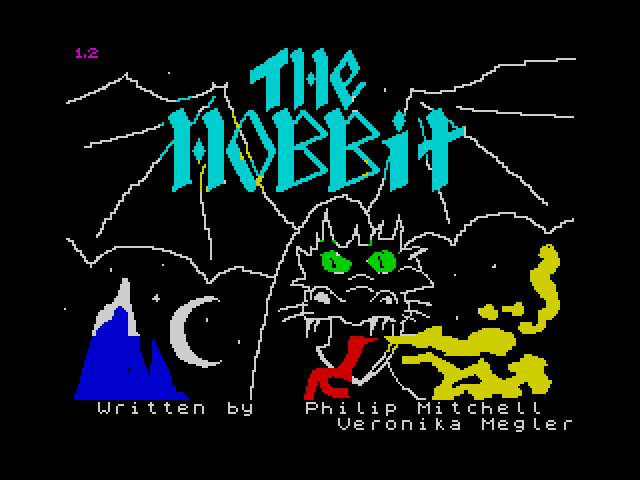
Veronika Megler entered the electronic games industry without any particular interest in games. A Science Valedictorian from MacRobertson High School she went on to study Science at The University of Melbourne. While planning to major in statistics, she took a computer science course, because she believed that the skills would become useful. Finding computer science more enjoyable than her statistics course, she changed majors.
At university, Megler played her first arcade game, “Space Invaders”, and then “Classic Adventure” on Unix. When she saw a small advertisement on the bulletin board at the university for a programmer, she applied and got the job with Beam Software. Megler was friends with Philip Mitchell, and brought him into Beam, where they designed “The Hobbit” together.
Although Megler and Mitchell worked closely together on the design of “The Hobbit” they focused on separated areas. Megler was responsible for the games responsive and persistent world with its geography, physics and sense of time passing. Objects in the world including NPCs were governed by a text based physics system proscribing them weight and size and allowing them to be acted upon, for example to be picked up, carried and thrown. They could also act upon each other and one object could be placed inside another or used to break another or tether another in place. She created a database of characters and monsters each with their own list of actions who played the game ‘themselves’, independently of the player, their autonomy giving the world a sense of depth. The engine she created gave “The Hobbit” its remarkable game world, alive with possibility and emergent events. While practice at the time was to hardcode all the game’s NPCs and possible actions, the engine in “The Hobbit” was designed to be generic and reusable: a different game could be created by replacing the list of NPCs and their characters and the locations.
Megler worked part-time at Beam for about a year, while completing her degree. She left Beam just before graduation, leaving Mitchell to finish compiling “The Hobbit” for the Spectrum. After graduating, she joined IBM, working as an operating systems expert, a consultant, and as an IT Architect in Australia and the U.S. In 2009 she left IBM to pursue a Masters and PhD in Computer Science in the field of scientific big data, which she is now completing. She holds two patents.
Company Meta
Images
Media
Video
